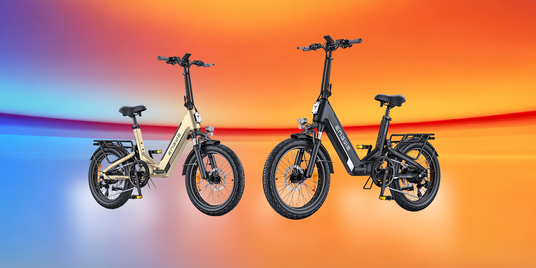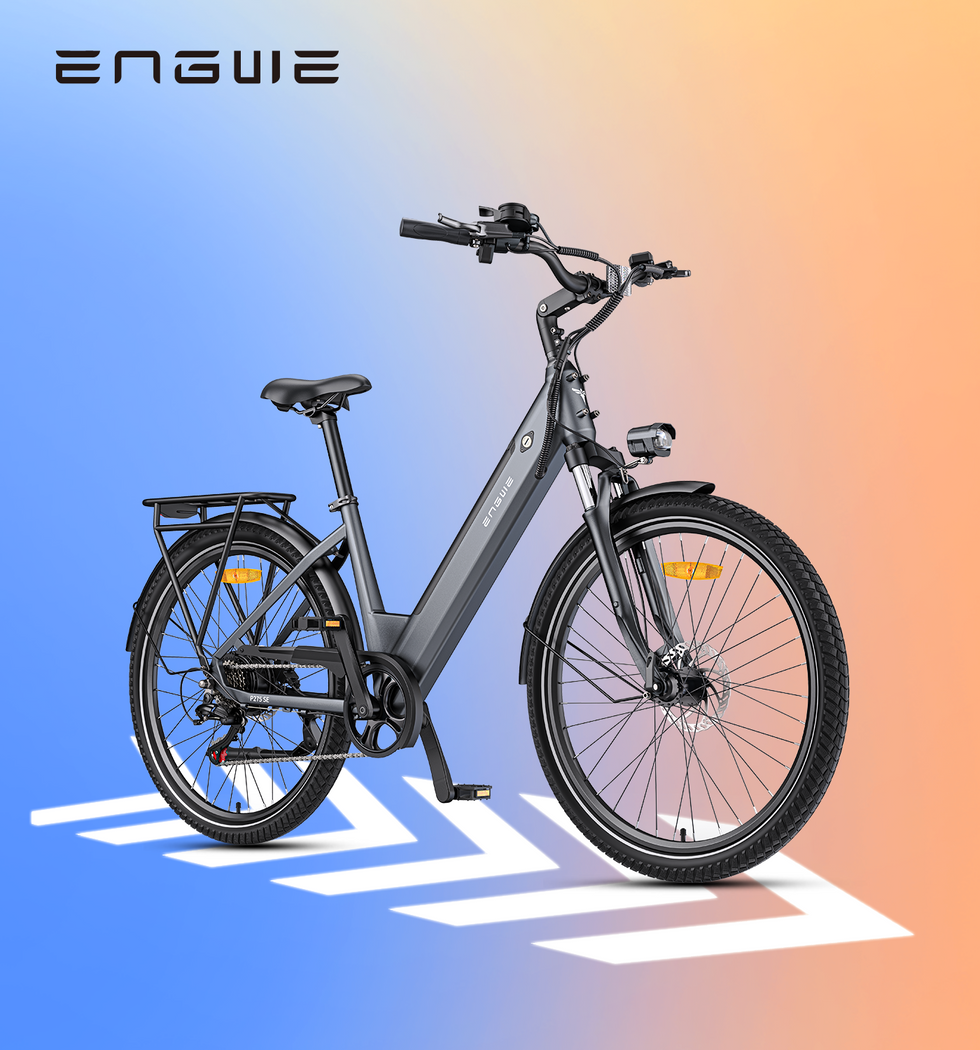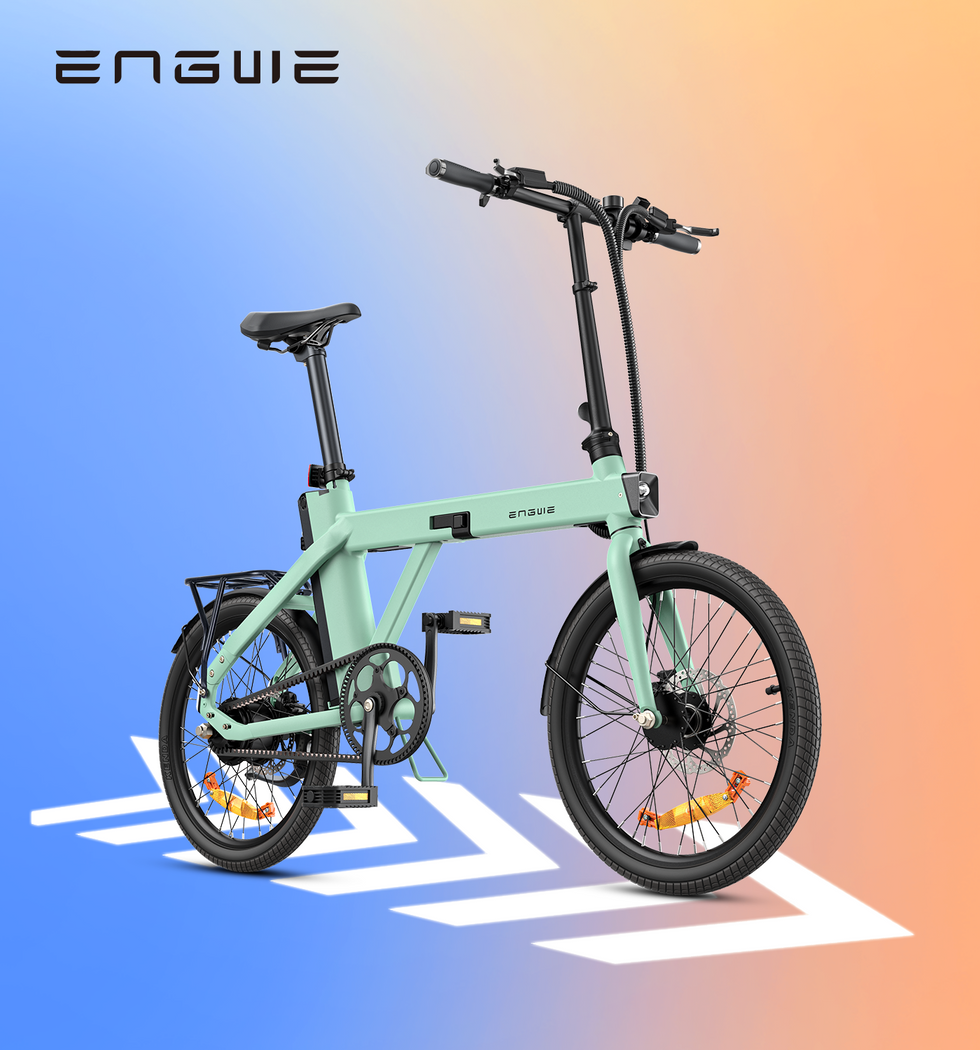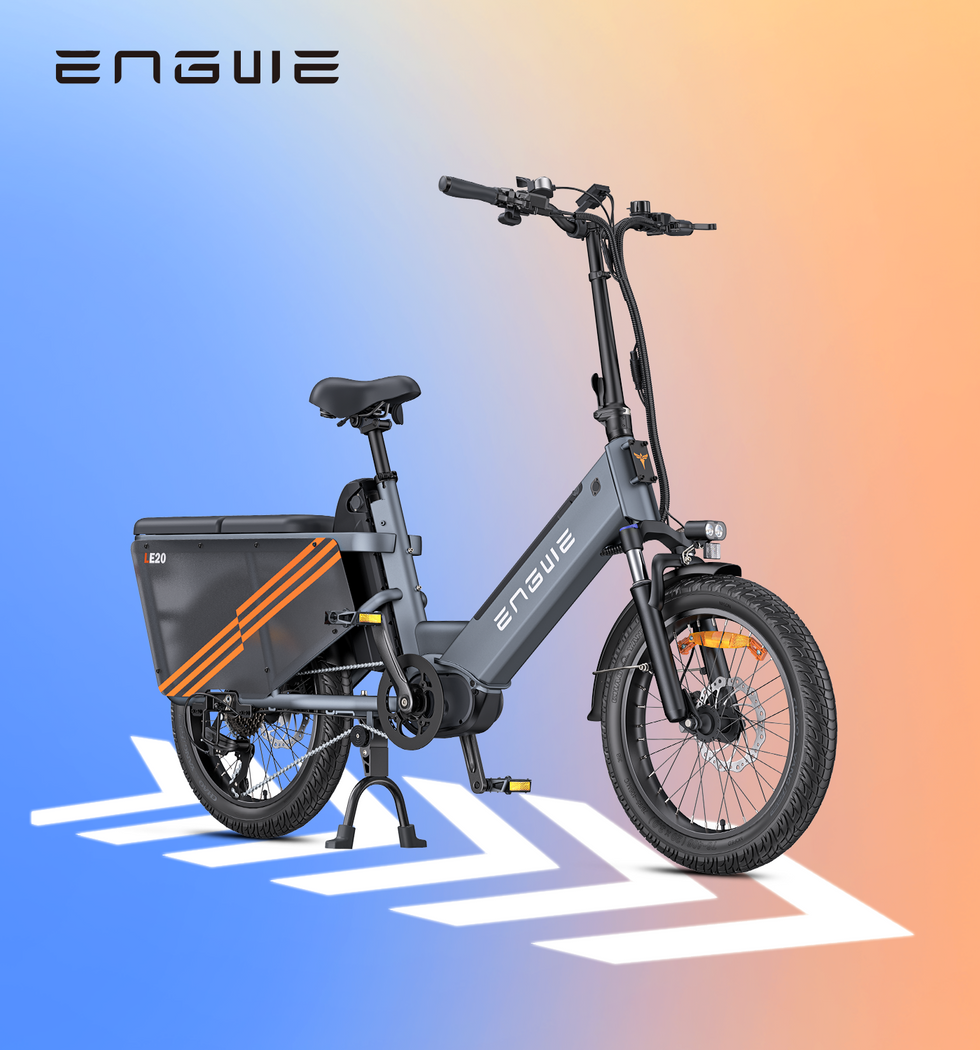Have you ever been climbing a hill on your bike, legs burning, short of breath, and been passed by someone gliding past with a peaceful smile, looking for all the world like they’re exerting no effort at all? This phenomenon you just watched might be the magic of pedal-assist e-bikes. It's no moped, and it's certainly not a motorcycle in disguise. At its core, it’s just a bicycle, albeit one with a hidden ace up its sleeve that forever changes what’s possible on two wheels. A pedal-assist electric bike is an opportunity to ride even farther, climb even more confidently and relive the joys of cycling without the parts that don't help make you smile more. It’s your own power, amplified.
Understanding Pedal Assist: The Basics and Mechanics
The Basics Explained: What is Pedal Assist Again?
At its most basic, a PAS is the hallmark of the most common electric bike variety – often referred to as a ‘pedelec’. The system is composed of three main parts, which all work together: a motor, a battery and a sensor. Now, the important word here is 'assist'. The electric motor does NOT run on its own - only in conjunction with you pedalling. The motor stops assisting when you stop pedalling. This is the key distinction that makes it legally and experientially a bike, not a scooter. It’s like you’ve always got this invisible tailwind behind you. You can coast when you need to coast and when there are hills, you’ve got the wind at your back to also help push you over those hills. You are in control the whole time, and you are still exerting yourself, but the stress is far less.
The Mechanics: Turning Your Pedalling Into Power
So, how does the bike know when to lend a hand? That’s the job of the sensor. There are two basic types, and the distinction between them radically alters how the ride feels.
1. Cadence sensors:
This is the more primitive setup. A pedal rotation transmitting unit detects the rotation of the pedals. The minute you begin turning the cranks, even if you’re only doing so gently, the sensor sends a message to the motor to dish out a predetermined level of power for the level of assistance you have selected. It’s an on/off system. It’s effective, though it can be somewhat jerky, with an all-at-once surge of power rather than a smooth increase alongside your effort.
2. Torque Sensors:
This is the advanced and more intuitive technology. A torque sensor measures how *hard* you are pressing on the pedals. The more you pedal, the more the motor helps. If you’re soft-pedalling on a flat road, it will offer you a bit of encouragement. Forget the anxiety attack that starts when you suddenly push hard to climb a steep-ish incline: the motor gets up on its pedals and instantly offers more power. This delivers such an amazingly smooth, natural and responsive ride experience, you have to feel it for yourself to believe it has not come from your strongest leg—rather your new favourite bike. That is the gold standard for a reason, because when you are in that position, the bike becomes part of your body.
Most pedal-assist e-bikes will also allow the rider to choose the amount of assistance provided by the motor; typically, you make that selection through a little display mounted on the handlebars. A lower setting might give you a 25 percent boost — great when you want to save the battery and cruise along a long, flat bike ride. A high setting can give up to 200-300% more of your input, giving you the sensation of riding a hill as if it were much smaller.

The Real-Life Experience: From Doubter To Believer
The first time I rode a pedal-assist e-bike, the experience was revelatory. I was a pretty fit cyclist, I told myself, but I’d always been spooked by this one particularly horrible hill, and I’d always taken a different route. On a pedal-assist bike, that hill just melted away. It doesn’t feel like you’re being moved; it feels like you’re doing the moving. You still feel the burn of a good workout, but it no longer feels demoralising, like your legs are screaming for mercy. I enjoyed my commute to work. Instead of arriving sweaty and with a change of clothes needed, I rode up the hill feeling fresh and like I had energy. Trips that had felt too far to ride on a regular bike were suddenly manageable. A 20-mile ride on a weekend was not something to aspire to, but an easy thing to do on a casual Saturday afternoon. It was a setting I never would have experienced otherwise, focusing on the sights and sounds and sheer pleasure of the ride, rather than always having the next hill on my mind.
Pedal Assist vs. Throttle: A Key Difference in the UK
It’s critical to make a distinction between pedal-assist e-bikes and those with a throttle. A throttle-based system will let you activate the motor by using a twist-grip or button, with no pedalling required whatsoever. Although they do exist, UK and EU law places an extremely tight frame on them. In order for an e-bike to be considered a standard bicycle (meaning it wouldn’t need a license, a tax stamp or insurance), it has to be a pedelec. That means the motor can only provide assistance until you reach a speed of 25 km/h (15.5mph), the motor’s continuous rated power output doesn’t exceed 250 watts, and it is actuated through pedalling. A bike that also has a throttle and can be ridden without pedalling falls into a different legal category. The most practical, legal and enjoyable choice for most people looking for an e-bike in the UK is probably going to be a pedal-assist model.
Finding the Right E-Bike For You
Perhaps you expect a pedal-assist model to reflect this seamless experience. Then you’ll come across models engineered around the rider’s sensation. One great example that really shines in the city and commuter segment is the ENGWE P275 SE. Engineered with an ultra-responsive intelligent torque sensor, the P275 SE kicks into gear immediately, springing to life in a mere 50 ms in response to your pedal stroke to create a seamlessly natural ride. This is complemented by a discreet, yet powerful, 250W brushless motor providing plenty of oomph for undulating city hills, whilst remaining road-legal in the UK and EU. The long-lasting range of up to 100 km per single charge, with its 36V 13Ah detachable battery, means you can push your commute or long weekend ride without the worry or inconvenience of having to re-charge whilst on the go. The e-bike is comfortable too, with a Dutch-style upright riding position, an ergonomic saddle, and an adjustable stem to keep every ride comfortable. For safety and control, it has powerful front and rear hydraulic brakes that provide reliable braking whatever the conditions, giving you the ability to ride long into the day. Paired with a Shimano 7-speed gearbox and a set of chunky 27.5-inch city tyres, all combined into a neatly integrated battery design, the ENGWE P275 SE is a comely and effective choice for those wanting the ultimate in pedal-assisted cycling.

Who is a Pedal Assist E-bike Suitable For?
The genius behind pedal assist is its mutability. It’s not only for a certain type of person; it’s for anyone who wants to make cycling more fun and more popular.
| Rider Type | Benefits of Pedal Assist |
|---|---|
| The Daily Commuter | Get to work fast, avoid rush hour traffic, and have a little fun on your ride in without breaking a sweat. It adds miles to a country bike ride for all those who are a little too far away or too hill-strewn. |
| The Casual Rider | Venture 67% further. Take that long ride along the coast or in the countryside that you had thought was too difficult for you physically. It makes a hard day out a delightful one. |
| The Comeback Group | Getting back into the swing of cycling is made easier when you can get a little assistance, especially if you’re recovering from an injury or haven’t been on a bike in years. It validates your attempts, boosts confidence, and lets you build on your own with time. |
| Eco-Friendly Commuter | Swap short car trips for a clean, fast and practical mode of transport. An e-bike is great for running errands, dropping by a friend’s or commuting into town without any parking hassles or having to pay for gas. |
| The Hill Dweller | For someone who lives atop a hill, the pedal-assist e-bike is a game changer. That last gruelling slog home is a breeze, turning a routine commute into a dream finish to your ride. |
A pedal-assist electric bike is a tool of empowerment, removing barriers that deny people access to cycling.

5 Popular Questions About Pedal Assist
1. Do I need a license and insurance to ride a pedal-assist e-bike in the UK?
No, as long as it conforms to the 'electrically assisted pedal cycle' (EAPC) rules. That is to say, the motor can have a maximum continuous power output of 250 watts, it is not allowed to assist you when you’re travelling at more than 15.5mph (25km/h), and the assistance must only work when you are actually pedalling. If your e-bike meets that threshold, it is treated just like a regular bicycle, and you may operate it on roads or on bike paths without a license, registration, or insurance. To ride one in the UK, you have to be 14 or older.
2. How many miles can you really ride on a single charge?
This is the most frequent question, and the answer is: it depends. The range depends on countless variables: the size of the battery (measured in either Amp-hours or Watt-hours), the level of assistance you use, the terrain you cover (more hills means more drain), as well as the rider’s weight and even wind. The majority of current e-bikes, such as the ENGWE P275 SE, are capable of a significant range, generally 65 km upwards to more than 100 km. The less you use the motor, the further you can ride; the more you depend on the highest setting, the lower the range. Most riders report having more than enough charge for several days of commuting or a long weekend ride.
3. Are pedal-assist e-bikes very heavy?
They are generally heavier than non-electric bikes because of the extra weight of the motor and battery, usually 7-10 kg. Pedal-assist e-bikes usually have a weight of 20-25 kg on average. This weight will make itself known if you have to carry your bike up a flight of stairs, but it's mostly invisible when you're on the bike. The motor’s assistance easily overrides the weight and the bike feels light and agile once you’re moving. Many models even have removable batteries that can be detached to charge or carry around.
4. How do I charge the battery and for how long?
The e-bike battery can be charged like a phone. You charge it with a dedicated charger that connects to a conventional wall outlet. A lot of e-bikes — commuter models in particular — have a removable battery that you can take inside and charge at your home or office, an experience we’ve found to be very convenient. From empty, a full charge can take 4-7 hours. Most users just give it an overnight charge and they are always ready for the next day's ride.
5. Am I still getting a good workout using a pedal-assist e-bike?
Absolutely. This is a common misconception. The motor is there to help you, not do all the work for you. You’re always pedalling, and you can determine how much help you want to receive. Research has found that people who ride e-bikes may actually get more exercise per week than those who pedal regular bikes, as they ride more frequently and cover longer distances. Select a low assist level for a good workout, or crank it up to power over a challenging hill. It gets your heart pumping and works your muscles, but with less impact on your joints, which makes it a sustainable source of activity for anyone, regardless of your fitness level.
In the end, a pedal-assisted e-bike is not about replacing cycling but about enriching it for all.



